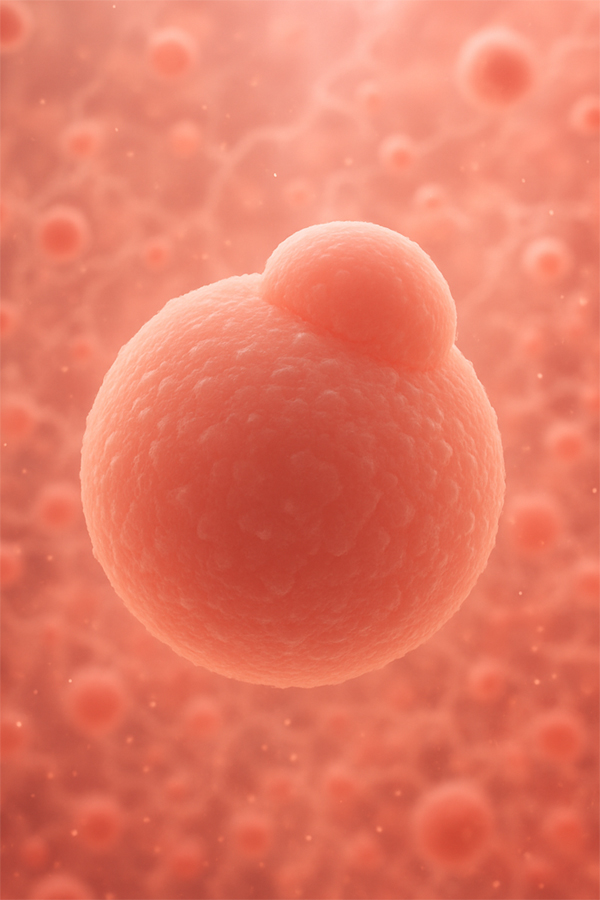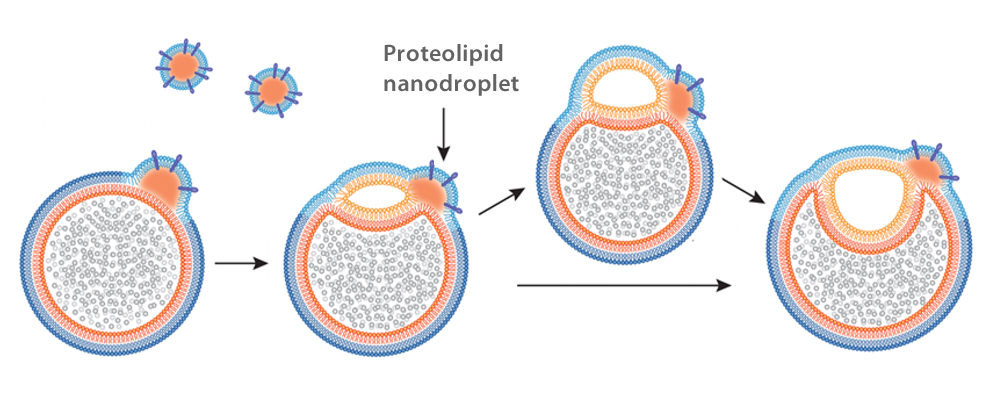
4th July 2025 New component of human cells discovered A previously unknown organelle, described as a "hemifusome", has been found to exist within human cells.
It may come as a surprise that even today, after centuries of peering into microscopes and analysing the inner workings of our bodies, scientists are still uncovering entirely new structures inside human cells. Yet that is precisely what has just happened, thanks to a remarkable discovery by researchers at the University of Virginia (UVA) and the US National Institutes of Health (NIH). Using a powerful imaging technique known as cryo-electron tomography, the team has identified a previously unknown organelle – a specialised compartment within cells – which they have named the "hemifusome". Their findings appear in the journal Nature Communications. In simple terms, organelles are the cell's internal machinery – tiny structures that carry out essential functions, such as generating energy, producing proteins, and breaking down waste. Vesicles, meanwhile, are small bubble-like sacs that help transport substances within cells. The newly discovered hemifusome appears to play a vital role in coordinating this internal transport system. It consists of two vesicles partially fused together in a way never seen before, creating a sort of hybrid structure that looks rather like a snowman's head and body. At the site where the two vesicles join, scientists observed a feature called a proteolipid nanodroplet, measuring just 42 nanometres (nm) wide. The hemifusome itself is 160 nm across, making it relatively small compared to some of the better-known organelles like mitochondria, which are typically up to 1,000 nm wide, and the Golgi body, which can span 2,000 nm. Yet its unique structure and potential function set it apart as a distinct and important component of the cell.
Perhaps most surprising is how common these structures appear to be. The researchers found that around 10% of vesicles near the edges of human cells display this fused, snowman-like form. Their persistence and widespread presence suggest that hemifusomes are a regular feature of cell biology, not a rare anomaly. They likely went unnoticed until now because traditional imaging techniques lacked the resolution to see them clearly – and because hemifusion diaphragms of this kind were previously thought to be extremely short-lived, existing only as fleeting intermediates during rapid membrane fusion. The discovery came via recent advances in cryo-electron tomography, which provides detailed 3D views of cells in a "frozen" state without the damage or distortion of earlier methods. What makes the hemifusome especially interesting is its likely role in helping cells manage and recycle their contents. Normally, cells rely on complex systems to sort and dispose of various proteins and other molecules. Many of these processes depend on a protein complex known as ESCRT. However, the hemifusome appears to offer an alternative pathway – one that could be crucial in situations where the usual recycling systems fail or become overwhelmed. The researchers believe this organelle acts like a docking station, allowing smaller vesicles to partially merge with a larger one, potentially giving rise to new waste-handling or storage compartments inside the cell. "This is like discovering a new recycling centre inside the cell," said Seham Ebrahim, PhD, from UVA's Department of Molecular Physiology and Biological Physics. "We think the hemifusome helps manage how cells package and process material, and when this goes wrong, it may contribute to diseases that affect many systems in the body."
This discovery could have important implications for understanding a range of diseases. Some conditions, such as Hermansky–Pudlak syndrome – which can lead to problems with vision, lung function, and blood clotting – are linked to defects in the way cells process and transport internal materials. If the hemifusome plays a part in these systems, then future treatments might aim to target or replicate its functions. Scientists are now keen to investigate whether the malfunction or absence of hemifusomes could explain certain symptoms or cellular irregularities seen in such disorders. "This is just the beginning," said Ebrahim. "Now that we know hemifusomes exist, we can start asking how they behave in healthy cells and what happens when things go wrong. That could lead us to new strategies for treating complex genetic diseases." Beyond medicine, the hemifusome could also inspire innovations in biotechnology. Understanding how it enables the fusion of vesicles could help researchers design new methods for delivering drugs directly into cells, or even build artificial organelles with tailored functions. In the longer term, this might lead to breakthroughs in synthetic biology, such as programmable cells capable of performing advanced tasks in manufacturing, diagnostics, or tissue repair. Although much remains unknown, including the specific proteins involved in forming hemifusomes, this discovery shows how much we still have to learn about our own biology. Even in areas once thought to be well understood, like the basic structure of human cells, science continues to uncover new layers of complexity. As imaging technology advances and researchers probe ever deeper into the cell's interior, further surprises are almost certainly waiting to be revealed. "We're just beginning to understand how this new organelle fits into the bigger picture of cell health and disease," said Ebrahim. "It's exciting because finding something truly new inside cells is rare – and it gives us a whole new path to explore."
Comments »
If you enjoyed this article, please consider sharing it:
|
||||||








